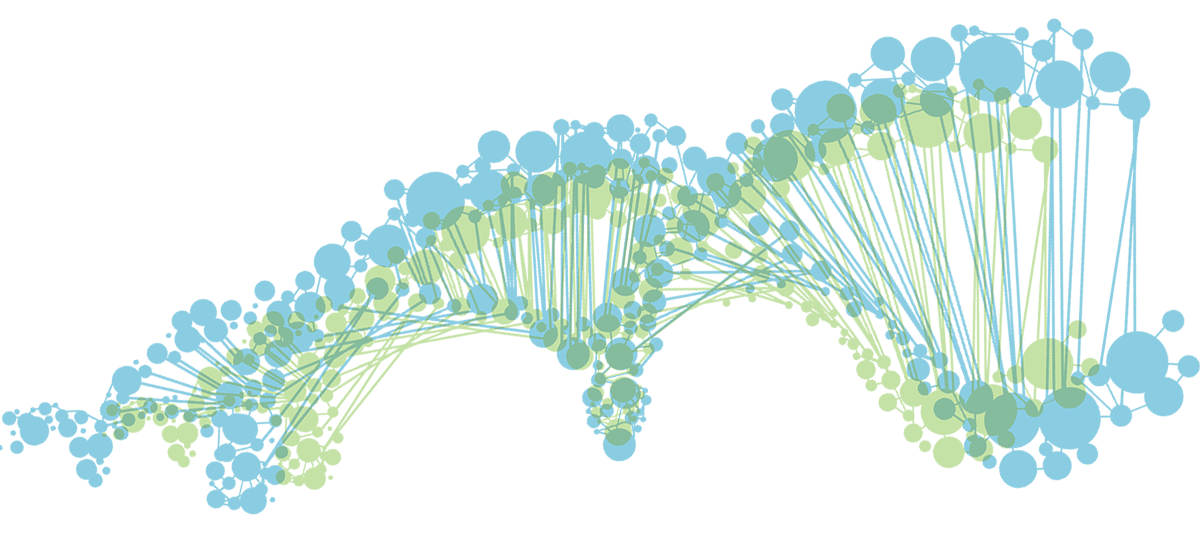Contents
Computer applications in pharmacy

Bioinformatics is an interdisciplinary field that develops methods and software tools for understanding biological data. As an interdisciplinary field of science, bioinformatics combines biology, computer science, information engineering, mathematics and statistics to analyze and interpret biological data. Bioinformatics has been used for in silico (performed on computer or via computer simulation) analyses of biological queries using mathematical and statistical techniques.
Applications of Bioinformatics:
1. Analyze the biological processes.
2. Aids in improving drug discovery.
3. Help in developing new target drug.
4. Study and research.

Objectives of Bioinformatics:
The field of bioinformatics has three main objectives
- To organize vast reams of molecular biology data in an efficient manner
- To develop tools that aid in the analysis of such data
- To interpret the results accurately and meaningfully
Need for Bioinformatics:
- The need for Bioinformatics has arisen from the recent explosion of publicly available genomic information, such as that resulting from the Human Genome Project.
- Gain a better understanding of gene analysis, taxonomy, and evolution.
- To work efficiently on rational drug design and reduce drug development duration/time.
You should also read COMPUTER APPLICATIONS IN PHARMACY
Databases
Databases are essential for bioinformatics research and applications. Many databases exist, covering various information types: for example, DNA and protein sequences, molecular structures, phenotype and biodiversity. Databases may contain empirical data (obtained directly from experiments), predicted data (obtained from analysis), or, most commonly, both. They may be specific to a particular organism, pathway or molecule of interest. Alternatively, they can incorporate data compiled from multiple other databases. These databases vary in their format, access mechanism, and whether they are public or not.
Some of the most commonly used databases are listed below:
- Used in biological sequence analysis: Genbank, UniProt
- Used in structure analysis: Protein Data Bank (PDB)
- Used in finding Protein Families and Motif Finding: InterPro, Pfam
- Used for Next Generation Sequencing: Sequence Read Archive
- Used in Network Analysis: Metabolic Pathway Databases (KEGG, BioCyc), Interaction Analysis Databases, Functional Networks
- Used in design of synthetic genetic circuits: GenoCAD
- Used in calculateion of drug DNA interaction: PREDDICTA
Classification of Bioinformatics Databases:
Databases can be classified on the basis of: a) Data type, b) Data source, c) Database design, d) Special category.
Software and tools
Software tools for bioinformatics range from simple command-line tools, to more complex graphical programs and standalone web-services available from various bioinformatics companies or public institutions.
Open-source bioinformatics software
Many free and open-source software tools have existed and continued to grow since the 1980s. The combination of a continued need for new algorithms for the analysis of emerging types of biological readouts, the potential for innovative in silico experiments, and freely available open code bases have helped to create opportunities for all research groups to contribute to both bioinformatics and the range of open-source software available, regardless of their funding arrangements. The open source tools often act as incubators of ideas, or community-supported plug-ins in commercial applications.
The range of open-source software packages includes titles such as:Bioconductor, BioPerl, Biopython, BioJava, BioJS, BioRuby, Bioclipse, EMBOSS, .NET Bio, Orange with its bioinformatics add-on, Apache Taverna, UGENE and GenoCAD.
To get notification of our next post. Enter your email address:
Computer applications in pharmacy
*For any query or suggestion, please contact or comment below.
